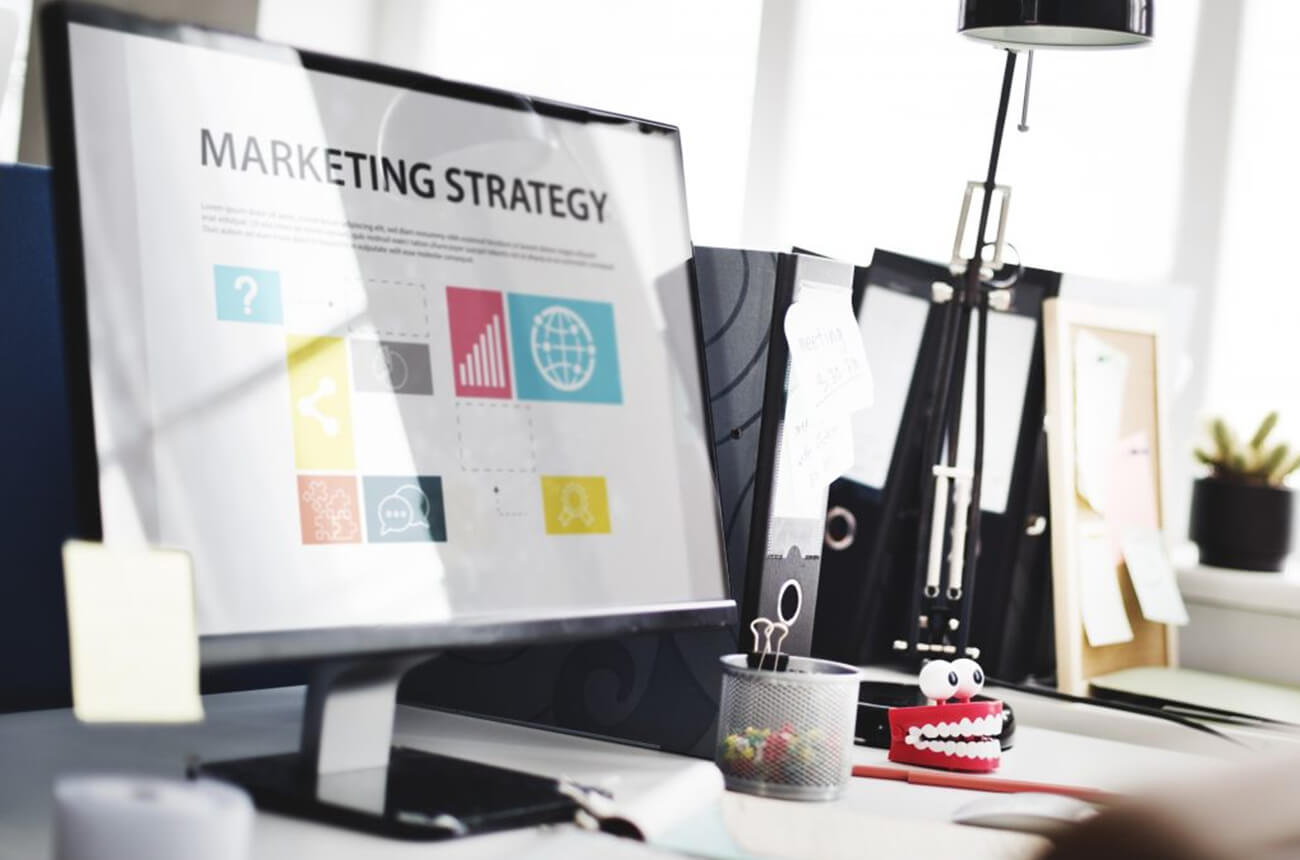5 Small Business Marketing Techniques That Can Never Go Wrong
In our previous blog post, we spoke about how to analyse if your digital marketing strategy is working for you. But, which is that one marketing technique that is highly effective for small businesses?
- Is it SEO that is the secret sauce for organic growth?
- Or maybe it’s PPC because it shows your ads to people already searching for similar products.
- Or, wait, isn’t social media marketing more effective than search engine marketing?
- How about email marketing, webinars, video, and mobile marketing?
Before you get confused, let us tell you the secret of digital marketing success. And here it is:
No Secret Technique
That’s right. There is no single technique, but a combination of different techniques that lead to success.
In this blog post, we will tell you not one but five actionable marketing strategies. Some of these techniques you might already be using, while others you can adapt and apply to your business. But, before you select and implement these techniques, you need to consider:
- Who are your customers in terms of demographics such as age, income, gender, etc?
- Where do the majority of your customers live?
- How do they find your products, i.e. online, in-store, through referrals, etc?
- Where do they hang out in their spare time (online and offline)?
- On which particular media do they spend most of their time, i.e. TV, online, mobile etc?
The answers to these questions will help you select and implement the right marketing strategies from the following list.
1. Advertise On Facebook
With more than 50 million business pages and growing, Facebook is the most obvious choice if you’re eyeing social media marketing.
Facebook is also extremely effective, with businesses reporting an ROI of up to 600% from Facebook advertising campaigns. However, before you can achieve such jaw-dropping results with paid ads, you need strong organic content and a fully engaged audience.
You can start advertising on Facebook once you have created your Facebook business page. Facebook gives you numerous advertising options aimed at the objectives you want to achieve.
You can create awareness about your brand, expand the reach of your posts, drive traffic to your website, generate leads, increase video views, spark and increase engagement (in terms of likes, comments, and shares), promote your app, or make conversions and sales.
Simply access the advertising tools by clicking on the small arrow on top right of your profile and follow the instructions to create your first campaign. You will need to create awesome visual content in order to get the most from your budget.
Also, there are a number of Facebook advertising tools available that can help you save time and optimise your Facebook ads, so that more people engage with them, expanding your reach for a given budget.
2. Claim Your Google My Business
Google My Business is pretty much the bread and butter for local businesses that want to drive traffic from local online searches.
Google can determine if a search query has a local intent and displays local search results. These results are based on the information provided by Google My Business. If you haven’t claimed and optimised your GMB, your business might fail to show up during local searches. This can cost you most of your local traffic, leads and sales.
Google My Business combines information about your business from all your different Google platforms, such as your Google+ profile, Google Maps profile, your Google reviews, and more. Just go to Google My Business page and click on Start Now. You’ll be asked to provide your business name and address, map location, type of business, and local phone number.
Once you have provided your business information, Google will verify your address by sending a postcard to your business. You can add your logo, photos, and opening hours to your GMB profile only after your address is verified. Your business will now appear among the local search results.
Google will also offer you to create your free website, which you can avail if you don’t have a website yet.
With your Google My Business correctly configured, your local listing will show up when someone in your area searches for a business similar to yours. Your local listing will feature the product photos that you upload, your map location, phone number, working hours, and reviews.
Now you can work on optimising your GMB listing in a bid to appear among the top three local search results and drive the lion’s share of traffic to your website or physical store.
3. Kickstart Adwords Advertising
Your customers use search engines (such as Google, Bing, Yahoo! and others) to look for businesses and products online. More than 90% of them use Google.
This means coming up on top of Google’s search results can really take your traffic and sales through the roof. However, it’s not easy to achieve top Google rankings. You need months or even years of continuous SEO in order to beat the top ranking websites in your niche. AdWords, Google’s pay-per-click advertising product, is your shortcut to the top of the search results.
AdWords advertising can deliver immediate results in terms of traffic to your website. With your website properly optimised for conversions, you can convert many of your site visitors into paying customers or subscribers. AdWords (also known as paid search) has an average conversion rate of 2.7% across all industries.
The good thing is that you are only charged for the click when the customer is already heading to your website. So, you can calculate how much each click costs, compare it with your profit margin, and see if AdWords advertising is a viable method for customer acquisition.
You can start using AdWords after you have set up your AdWords account, which typically takes just a few minutes. However, in order to make each click (and each dollar) count, you need to:
- Define your goals,
- Develop ideal customer personas,
- Carry out keyword research,
- Set your budget and bids,
- Write killer ad copy,
- Design great landing pages,
- Implement conversion tracking,
- And grow your remarketing lists.
Incorrect AdWords account configuration can be wasteful, as you might end up paying a higher cost per click than you should.
4. Get Into Content Marketing
Search engines may rise and fall. Search algorithms may change. But, one thing is for sure: Content is fodder for these searches.
Content is almost everything you need to influence search engines and users—almost because you also need to put that content where your customers can see it. Content marketing deals with the creation and sharing of online material.
This material can include text, photo, and video content. Like all other marketing activities, content marketing is also driven by your customers. In order to establish a strong and engaging brand, you should create and share content that is valuable, relevant and consistent.
You should have a content strategy and the human and technological resources in place before you can create high quality, engaging content. It is equally important to share the content through relevant channels, such as a blog, social media, email, etc.
Last but not the least; you should optimise your content for organic searches so that your customers can find it in a blink.
5. Set Up Email Marketing
Out of all the techniques I have described in this article, email marketing is the easiest, most economical, and perhaps most effective in terms of clicks and conversions. Here’s how it works:
Most of the people who come in contact with your business online will not buy from you in that first interaction. However, you can lure most of your visitors into giving you their email addresses. This you can do by offering something of value, such as a free download or free consultation.
You can also ask your social media followers and people visiting your physical store for their email addresses. Over time, your mailing list will keep growing.
You can simply import your lists into your MailChimp or any other email management account and start connecting with your potential customers through emails. Most of the email management tools come with a free trial, so you can use them first and see which one you like the most.
Final Words
Seems like we have reached the end of the road, huh? You bet not. We have barely scratched the surface. We still haven’t talked about mobile apps, referral programs, webinars, coupon sites, and a plethora of other tools that you to adapt to digital marketing success. If you’re ready to go that road, simply get in touch with us and we will help you with all your digital marketing needs!








